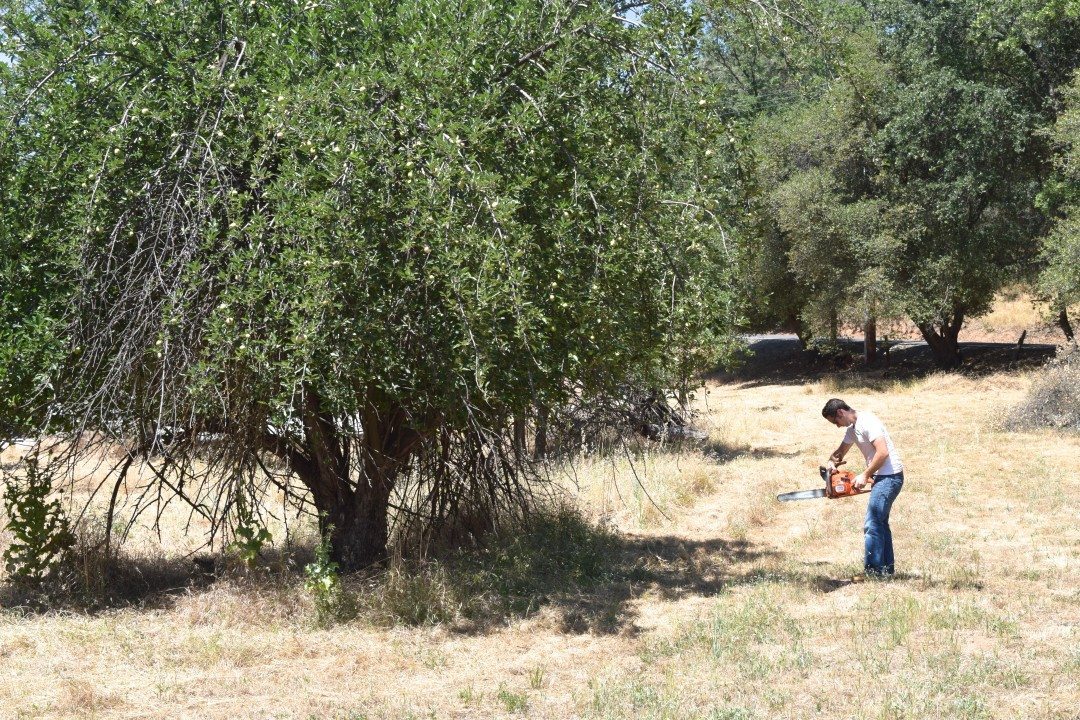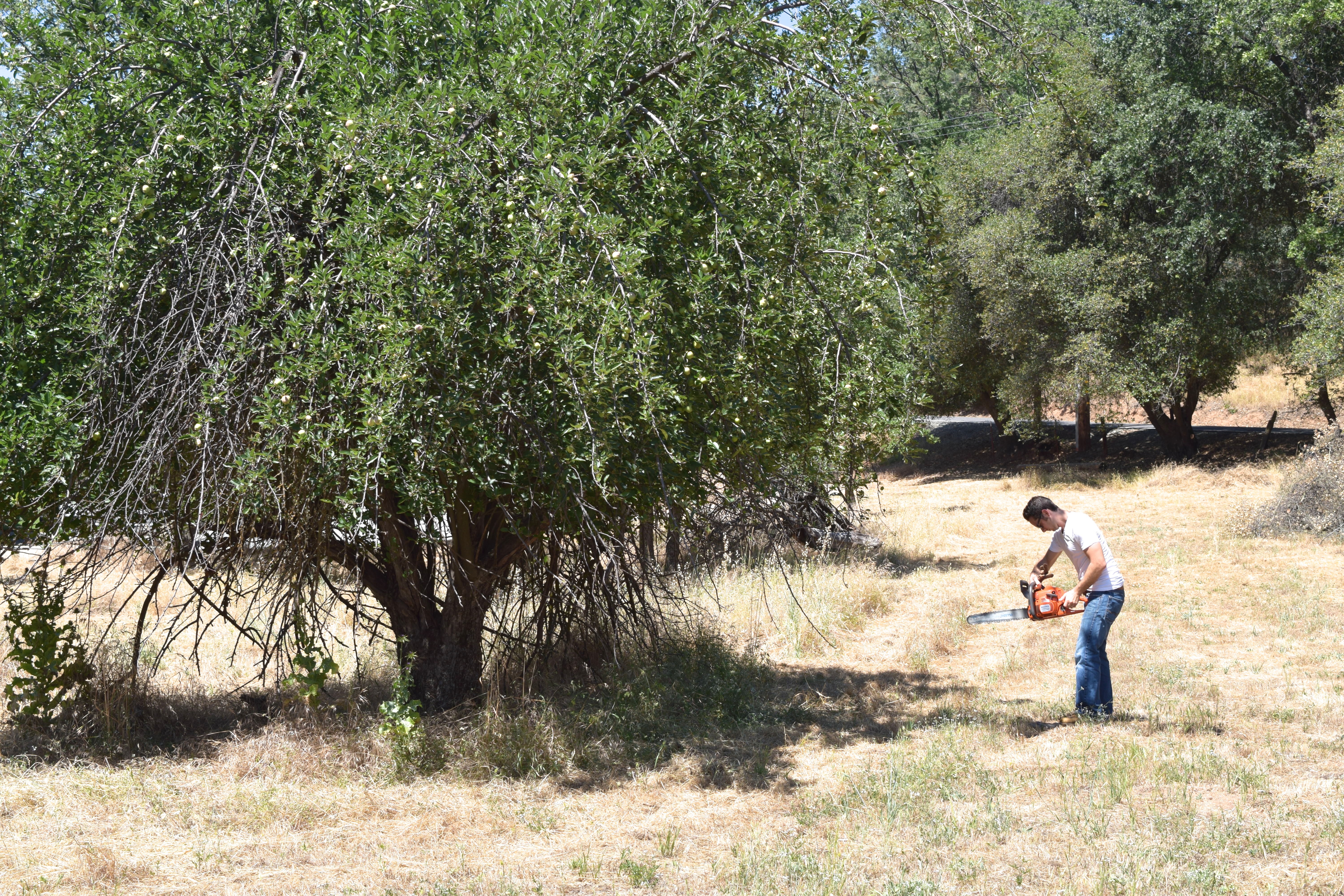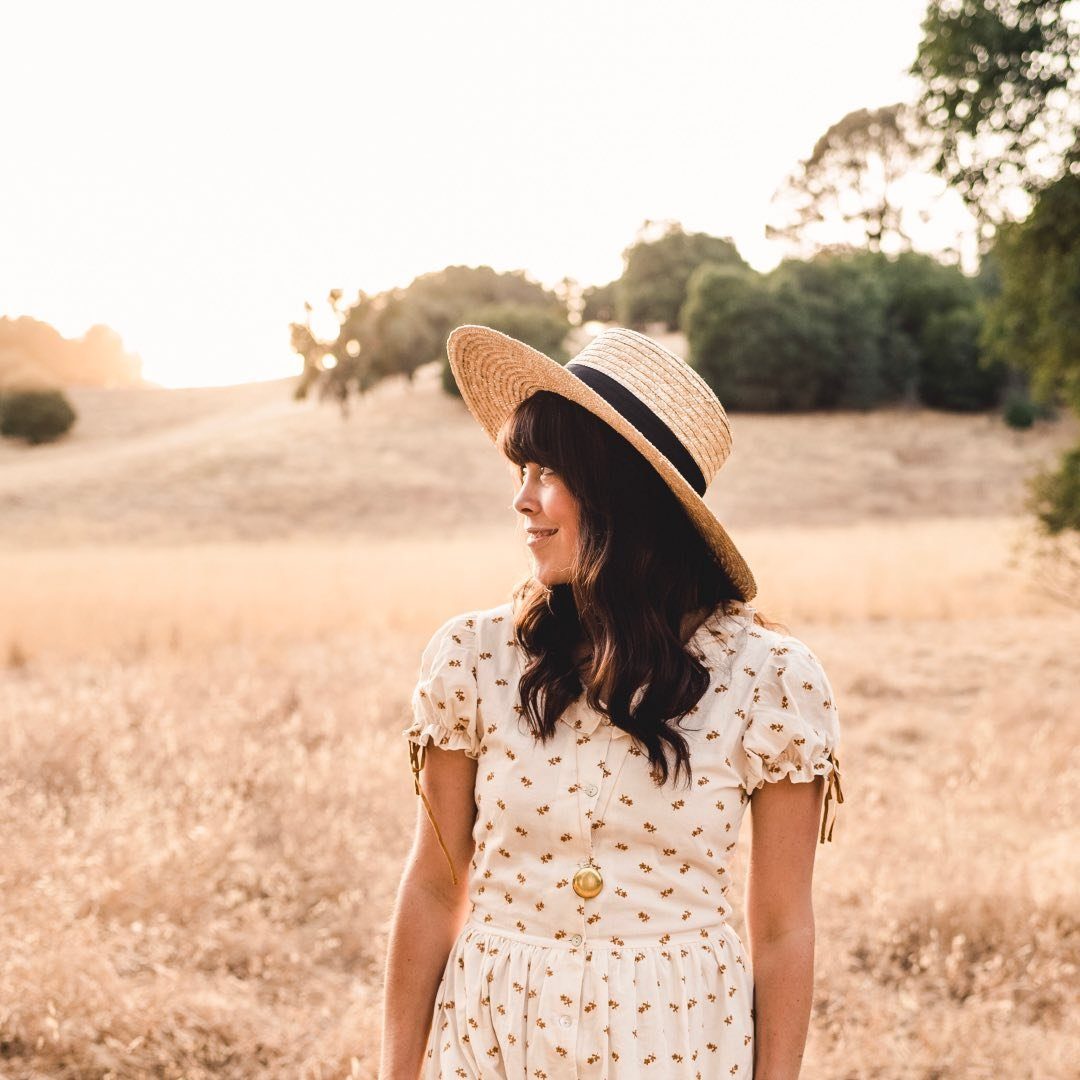
Those first couple weeks after purchasing the land it hadn’t really sunk in. I’m not sure why. Maybe it was because we were in disbelief, or because we didn’t really go out there much. Honestly, I think we were just waiting to figure out what to do with this. What’s next? We started thinking and dreaming. Our dreams consisted of a house and backyard with a pool and a huge lawn, and of harvesting crops and planting a self-sustainable garden of sorts. With all our dreaming and thinking, we didn’t know what steps to take first. It’s funny how God works and speaks sometimes. Slowly, we started talking with people and asking questions.
We knew our first step had to be to clear the ground. The grasses were about 3 feet high and with summer coming, it had to be done. It would also make it easier for us to get around the property by foot or vehicles. Anaiah had this great idea to buy a new weed-wacker. He found the perfect one and got to work. Half a day later, he had basically gotten nowhere fast. With 6 acres, this would take months. One day, he was out there weed-wacking and the kids and I were catching bugs when a man pulled into the drive. He walked up to me and began telling me that he knew Anaiah and saw him working out here. This man gifted us a tow-behind lawn mower that day. It was just what we needed. He proceeded to tell Anaiah that he used to own a ton of acreage but sold it years ago and just had this lawnmower sitting at his house collecting dust. Needless to say, two days after we received it, the whole property was mowed! Phew!
With the ground cleared, our next step was to clean up the trees a bit since they had been neglected for at least the past 100 years that we know of. We are lucky to have a good friend who is the keeper of a very large apple orchard just a few minutes up the hill from us. He came down to look at the trees and give us some advice. It wasn’t pruning season so we (and when I say we, I mean Anaiah and his friend Andrew) took to the chainsaws and began to cut out all the dead branches. They were literally hanging on the ground!

This is what every apple tree on the orchard looked like. You may not know much about apple trees, but from this picture you can probably tell that they are not supposed to look like this. After a few weeks of trimming (it took a while because we still have day jobs) it was looking much better. Here’s what part of the orchard looks like now. The ground is cleared and trees are trimmed!

During this process, we started getting excited about seeing tiny little green apples getting bigger. While trimming one day, Anaiah came across what he thought was just an oak tree, but after looking closely at the leaves realized it was something different. He started looking around and noticed fruit hanging off it’s branches. As he got closer, he could clearly see that the piece of fruit was a pear! It was such a surprise to us because we thought the only fruit trees we had were apples. Since then, we found four more pear trees for a total of five. Soon after, we found another surprise fruit tree; a plumb tree. It was found wrapped around an apple tree and it’s fruit hangs underneath the tree’s shade. Not to mention, a couple hundred feet away, we found a large grove of blackberry bushes!




As we kept discovering new fruits, we began to realize more and more that this was a special place in more areas than one. Not only was it beautiful and a prime location, but something was working here. Something that had kept these fruits alive on their own with no help from humans for over 100 years. The land had a mystery about it and we knew right away that we wanted to learn all we could about this mystery and tap into it. We couldn’t just sit by and waste this gift but instead, wanted to make the most out of it.
Sometimes, we have no idea what the people around us have to offer in the way of knowledge and expertise until we ask. Anaiah got to talking with a man named John Adams about the property and mentioned the apple trees. A few phone calls and e-mails later, he discovered God was beginning to connect the dots between the land and knowledgeable people who could provide us with direction to best use and maintain it. John is a local gardener who has been experimenting with a type of gardening which has started to gain momentum worldwide. It can be especially beneficial here in California being in its 4th year of drought. It’s called permaculture. Basically, permaculture is taking farming and gardening back to its basic roots; a self sustaining environment in which all the fruit and nut trees, shrubs, berries and other crops thrive off each other as they exchange nutrients. Unlike commercial farmers who destroy the soil with constant fertilization, add chemicals and deplete the soil of its natural nutrients, permaculture is a system which mimics the natural forests and woodlands around us. Nothing is stripped away, nothing is added other than natures cycles of water, leaves, dying wood and grasses. As shown below, the large fruit or nut tree provides the canopy of shade for the dwarf tree which provides the nutrients and nitrogen needed for the shrub layer and so on. Once an established permaculture system is in place, it becomes self sustaining; meaning no irrigation, not fertilization required. The permaculture design is unlike todays farmers who plant in straight lines of trees and irrigate with above ground sprinkler systems. Permaculture is a mixing bowl of crops which thrive off each other and obtain their water from underground natural systems; swale’s (which we will discus in a future post). If you’re a local you can check out John’s website at: www.jmacpermagardens.com.

The idea of permaculter made sense, but we wanted to see what a developed system looked like and learn more about it. Through much online research we found Geoff Lawton, a permaculture expert who has traveled the world and brought permaculture design to African villages, to the deserts of the Jordan and to the drought stricken plains of Australia. This is a short video that has a simple explanation of what he does and what an established design can look like.
https://youtu.be/6wI9Arel9tQ
Since we are a young family and both have careers, we are hesitant to add additional tasks to our everyday lives. Buying 6 acres, reviving the apple trees and building a home was already going to be an adventure in itself. A year ago, God told us to ask for land, but now, we both felt he was showing us what was next. This permaculture idea was calling our names, and our hearts.
Over the course a few weeks, we began to realize our neglected apple orchard was already a type of permaculture system. For years, the dead branches and annual grasses had been decomposing and adding a natural mulch. The yearly apple harvest attracted local wildlife which would eat beneath the trees and provide fertilization. The canopy of the apple trees would provide shade which helped retain the grounds moisture during the hot summer months. If there was one thing we were afraid of, it was disturbing this system. During this time our good friend Noah Jenks told us about a documentary he had seen a few years ago called “Back to Eden.” In this video the man explains how God’s original design and intent was for forests and gardens to sustain themselves. All man had to do was “watch over it” (Genesis 2:15). This man opened our eyes to God’s original design and intent for homestead living; uncomplicated and natural. A system which appeared to already be in place on this orchard.
Below is a short clip from this documentary. To view the full length film, visit www.backtoedenfilm.com.
So if you asked us what is next, we’re not sure at this point. What we know is permaculture-type farming is in our future. Our long term goal (5+years), is to create a self-sustaining food forest. Our dream is to live off of this forest and eventually, be self-sufficient. This is a huge goal and really scary to say out loud. It will be a process and something we and our children and those around us will remember for the rest of our lives. Hopefully we will be successful and from the state of our neglected orchard, we feel we will be. Keep following our journey to learn more as we go along about permaculture and this homesteading process.
Anaiah is currently talking with John Adams about design concepts and to hear what he thinks we will be capable of accomplishing here. We will keep you updated on the process!
Also, we would love to hear from you! Comment below if you have heard of this design or done it yourself or if you have any questions for us. Thanks!






Comments